
Orin O’Brien, The Only Girl in the Orchestra
It’s Women’s History month. And this month, I would like to celebrate Orin O’Brien. She is representative of so many women who have made contributions that we don’t always see.
For those who haven’t been lucky enough to watch it, I recommend the Oscar-winning short film The Only Girl in the Orchestra (on Netflix). It is the story of Orin O’Brien. She began her career as a double bassist in 1966 at the New York Philharmonic and was the first woman to break the gender barrier. This sounds like it should be a tribute to a pioneer in a difficult field (Zubin Mehta, for instance, believed women did not belong in an orchestra). But it is also a tribute to who she is.
Orin O’Brien was the daughter of two movie stars, George O’Brien and Marguerite Churchill, who after giving birth to her, had little time for her. Their careers were paramount, and Orin was shuffled from place to place, living with different relatives. She went to 10 different grade schools. Her parents craved the spotlight, but she never did. Instead, she chose a path where she could be part of something.
After falling in love with Beethoven and Bach at 13, she wanted to play in the school orchestra. The conductor indicated that he needed someone to play the double bass, so she practiced rigorously for 4 years to learn her craft. Her joy in playing music filled the void of a neglected childhood and helped her organize her thoughts and emotions.
She went on to play for 55 years in the New York Philharmonic orchestra and retired at the age of 87. She also taught many students. Leonard Bernstein said simply, “She is a miracle.” She was one of the best double bassists of her time.
But what she loved the most was being part of something. As she explains, the double bass is meant to be an instrument in an orchestra, not at its center stage. She loved the sound of the instrument and its temperamental nature…but she wanted to hear the other parts of the orchestra and contribute to them.
She says the key to satisfaction in later years is to always play second fiddle. Many people are unhappy in retirement because they are no longer important. But she is content. Happy teaching her students, happy listening to an orchestra where she is not playing, happy doing things that she put off during her career. To her, creating together is better than creating alone. She preferred being in the background with the feeling of notes falling all around her.
All of us know these women. These are the women who run book clubs and ensure that all the members are able to contribute. These are team leaders where every member feels like they are important. These are the women who quietly volunteer. These are the women who raise their families and aid other families. My mother was one of these women. I have many of these every-women in my family and among my friends. They are role models, not for taking center stage but for being a part of something and making it better. Orien O’Brien is the model of this every-woman…and like them, she is remarkable.
So, for women’s history month I would like to celebrate all of these every-women, you know them. They are quietly among us, there when we need them. They are the glue to families, friends, and teams, and they would not appreciate being singled out. But they deserve to be recognized and valued, every one of them.
Angela Rieck, a Caroline County native, received her PhD in Mathematical Psychology from the University of Maryland and worked as a scientist at Bell Labs, and other high-tech companies in New Jersey before retiring as a corporate executive. Angela and her dogs divide their time between St Michaels and Key West Florida. Her daughter lives and works in New York City.

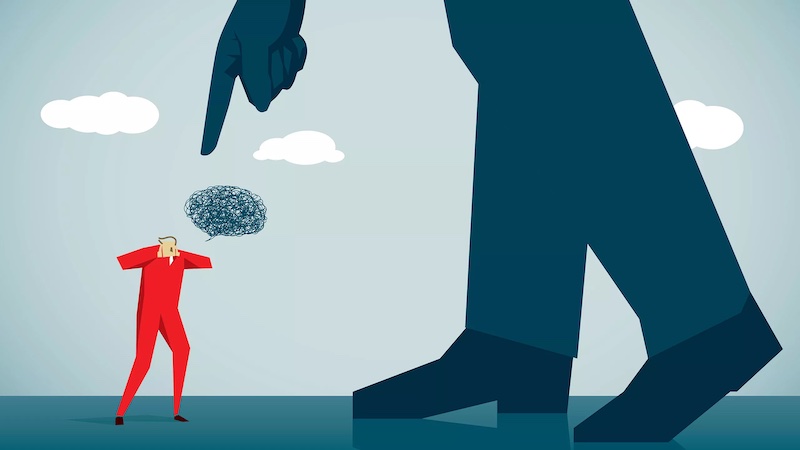







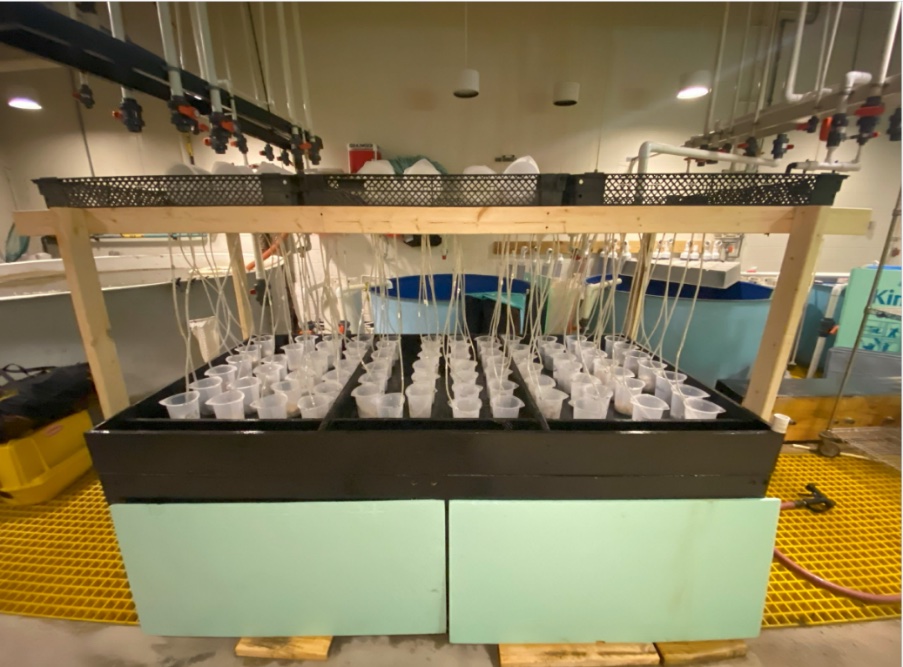
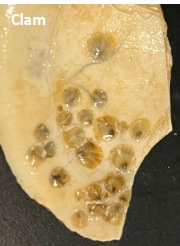
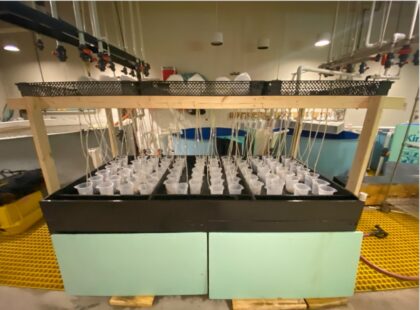 But it is important to know which substrates perform most effectively. Drs. Elizabeth North, Matt Gray, and Monica Fabra at University of Maryland Center for Environmental Science Horn Point Laboratory (HPL) are evaluating the efficacy of 9 different substrates. They are scientists with expertise in marine biology and experience with research on oysters.
But it is important to know which substrates perform most effectively. Drs. Elizabeth North, Matt Gray, and Monica Fabra at University of Maryland Center for Environmental Science Horn Point Laboratory (HPL) are evaluating the efficacy of 9 different substrates. They are scientists with expertise in marine biology and experience with research on oysters. 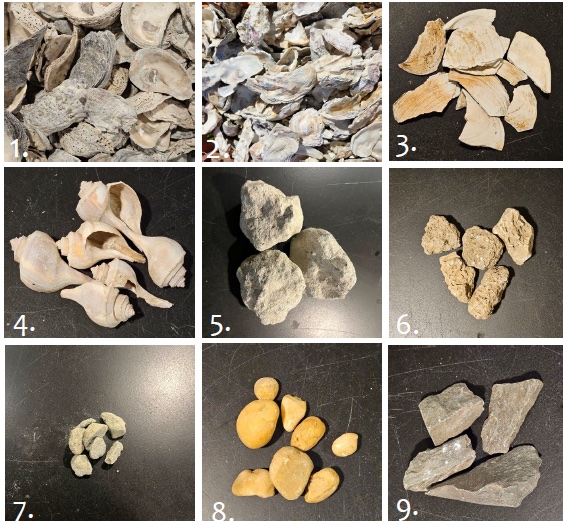 The 9 substrates are: (1) dredged Eastern oyster shells, (2) weathered Pacific oyster shells, (3) clam shell pieces, (4) whelk shells,(5) recycled concrete, (6) limestone marl, (7) granite, (8) river rocks, and (9) amphibolite. Fresh Eastern oyster shell (our Maryland oyster) was also used in the study.
The 9 substrates are: (1) dredged Eastern oyster shells, (2) weathered Pacific oyster shells, (3) clam shell pieces, (4) whelk shells,(5) recycled concrete, (6) limestone marl, (7) granite, (8) river rocks, and (9) amphibolite. Fresh Eastern oyster shell (our Maryland oyster) was also used in the study.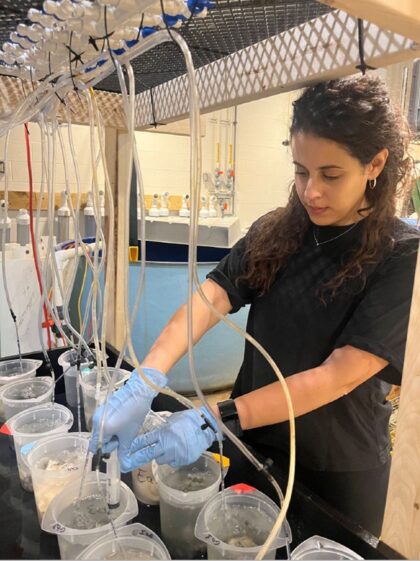 She and her team are also evaluating these substrates to verify that they do not leach heavy metals. Another evaluation will be related to the formation of biofilms that are important for larval settlement on substrate.
She and her team are also evaluating these substrates to verify that they do not leach heavy metals. Another evaluation will be related to the formation of biofilms that are important for larval settlement on substrate. 
